Weekly birding round-up: 27 June - 3 July 2025
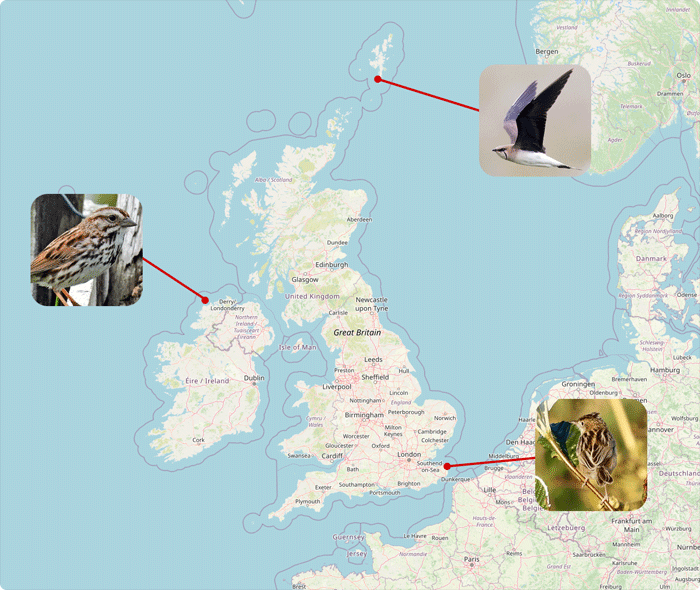
As we’d expect at this juncture in the year, a quiet week elapsed. Lingering rarities of quality remained in Ireland and Britain alike, but new birds were understandably thin on the ground. That is, until Kent pulled a rabbit from the hat towards the end of the week…
Building a strong case for being as much a Kentish speciality as Short-toed Treecreeper, over half the very small number of Zitting Cisticola seen in Britain have been found in the county including, on 20th June 2024, our last example, a fleetingly brief bird at South Foreland. That was the ninth of its kind for Britain, and the fifth for the county.
Only a very little over a year later, Kent went and did it again this past week, with a singing bird found in the grass at Foreness Point on 2nd.
Thankfully this wasn’t a blink and you’ll miss it bird, as it was still present and in song there the following morning.
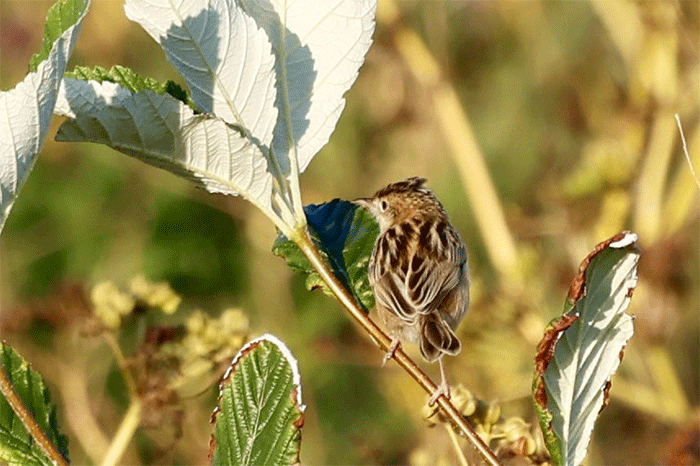
However, with it gone by shortly after 9am, it seems set not to threaten the longevity of the individual that settled in to Pegwell Bay in 2009 for a stay that extended to over 100 days on 6th September – 16th December. For now the main thing is that Kent had done it again, scoring its sixth Zitting Cisticola - and it’s interesting to note that the last six British records have all come from there since 2006. That feels like a trend in the making.
On the subject of singing birds, the male Song Sparrow was still present on Tory Island (Co.Donegal) this week on 27th-28th – a deservedly popular Irish first record of its kind.
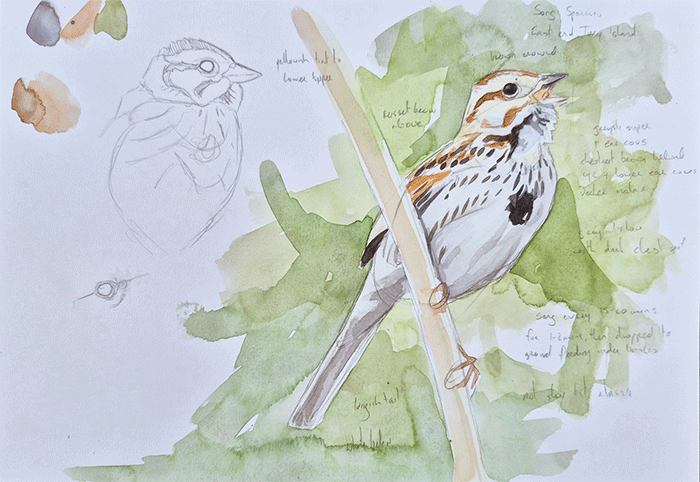
Showing no signs of budging just yet, the Black-winged Pratincole on Shetland at Loch of Spiggie was proving pleasingly obdurate this past week, being seen there through until 3rd, allowing the latest summer wildlife-watching visitors to the islands ample opportunities to enjoy an unexpected rarity.
Galley Head (Co.Cork) stood head and shoulders above all other land-based observation posts this past week, with a fine tally of 13 Wilson’s Petrel noted from there on 27th. A single bird was reported the same day from the Scillonian.
Galley Head also yielded seven Great Shearwater on 27th, and 36 Cory’s Shearwater - the former being the only representatives of their ilk anywhere during the week, and the latter easily the highest tally of their kind. Just five more Cory’s were recorded across Britain and Ireland – one from Spurn (East Yorkshire) on 27th, and the remainder in Cornwall, where Porthgwarra scored two birds on 28th and a singleton on 29th, and St Ives a single bird on 29th also.
Numbers of Balearic Shearwater took a tumble, with a daily peak count of just four birds from the reliable Portland (Dorset) on 28th and 30th and, away from there, three seen from Dawlish Warren NNR (Devon) on 27th, and a single bird from the Scillonian on 28th.
Wandering notable skuas continued to be seen. Pomarine Skua were accounted for by three off Galley Head (Co.Cork) and one from Downderry (Cornwall) on 27th; a single bird seen from Lossiemouth (Moray) on 29th; two from Porthgwarra (Cornwall) on 29th; and a possible from Killard (Co.Down) on 29th. Long-tailed Skua meanwhile were noted at Galley Head (Co.Cork) on 27th; Porthcurno (Cornwall) on 29th; and in Orkney on 1st from Papa Westray and North Ronaldsay.
Notable long-legged beasties contracted somewhat this past week, with the recent Little Bittern on Scilly either departing or melting unseen into deep cover…
However, the recent Purple Heron was still to be seen on St Mary’s (Scilly) on 27th-2nd. Another was seen on 3rd at Skipsea (East Yorkshire).
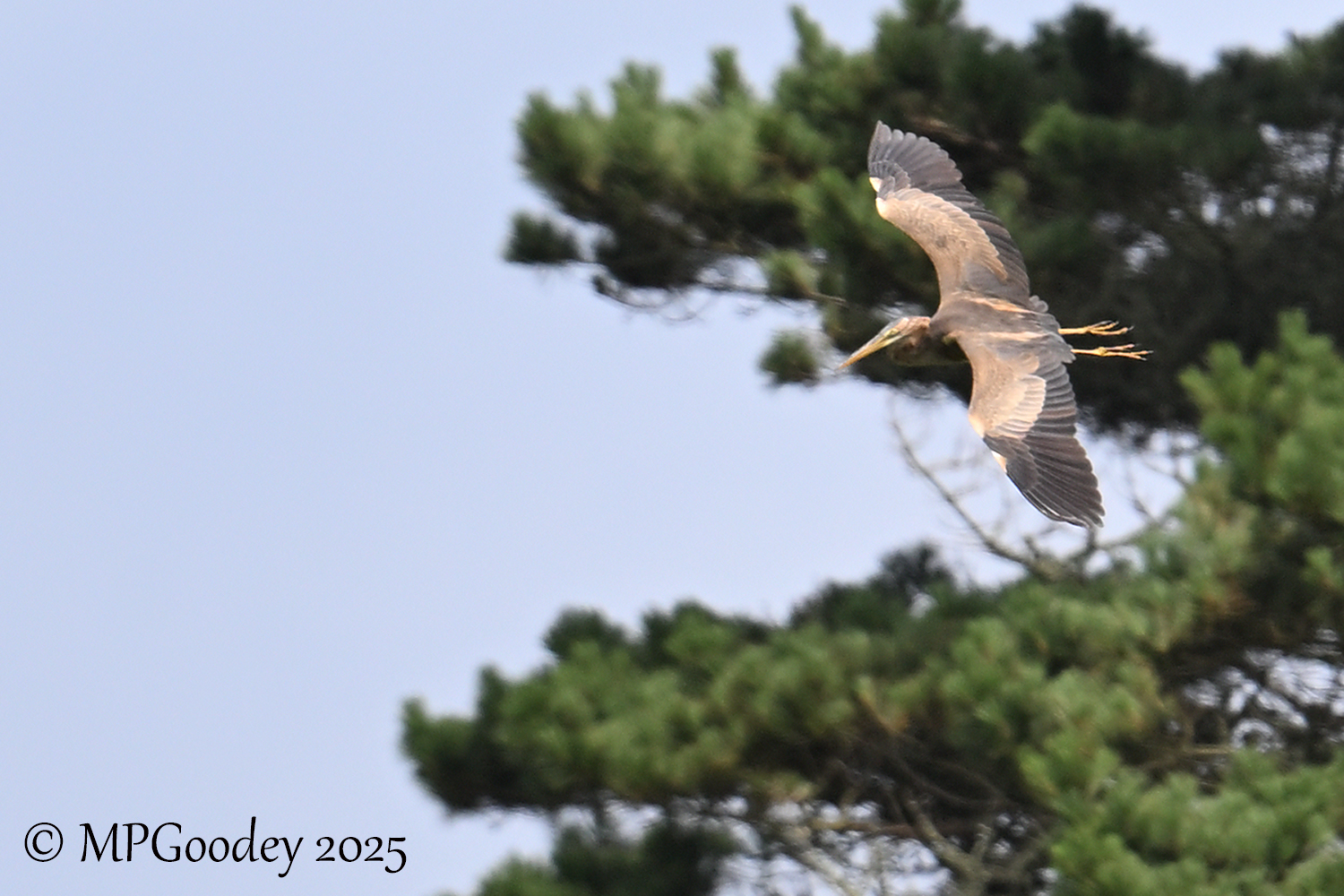
Over in Norfolk the recent Night Heron was still present at Cley NWT on 27th-30th.
A scatter of Glossy Ibis added a dash of colour to proceedings, nowadays a staple of the British birding summer. Starting once again in Lincolnshire, one remained at Deeping Lakes LWT on 27th-3rd, and a further sighting came from Anderby Creek on 28th-29th. Across on the Norfolk / Suffolk border, one was seen at Lakenheath Fen RSPB on 1st-3rd. The recent birds remained at Otmoor RSPB (Oxfordshire) on 27th-3rd, and at Misson (Nottinghamshire) on 27th-28th.
A flurry of quacker activity this week was headed by the unseasonal discovery of a drake Lesser Scaup in Greater Manchester at Pennington Flash CP on 30th-2nd.
The female (or hybrid) Ferruginous Duck remained in Cambridgeshire at Ouse Fen RSPB on 29th-30th; the drake was still present at Draycote Water (Warwickshire) on 27th-3rd; one was seen on 28th-3rd at Shawell (Leicestershire); and two were present at Linford Lakes NR (Buckinghamshire) on 2nd.
In Norfolk the Green-winged Teal remained at Welney WWT on 29th.
The drake Cinammon Teal hadn’t abandoned Loch of Strathbeg RSPB (Aberdeenshire) after all, being seen there again on 28th.
Scotland enjoyed a duck renaissance too this week, with a second-summer drake White-winged Scoter at Musselburgh Lagoons (Lothian) on 29th-1st. Also present there on 1st-3rd was a drake Surf Scoter.
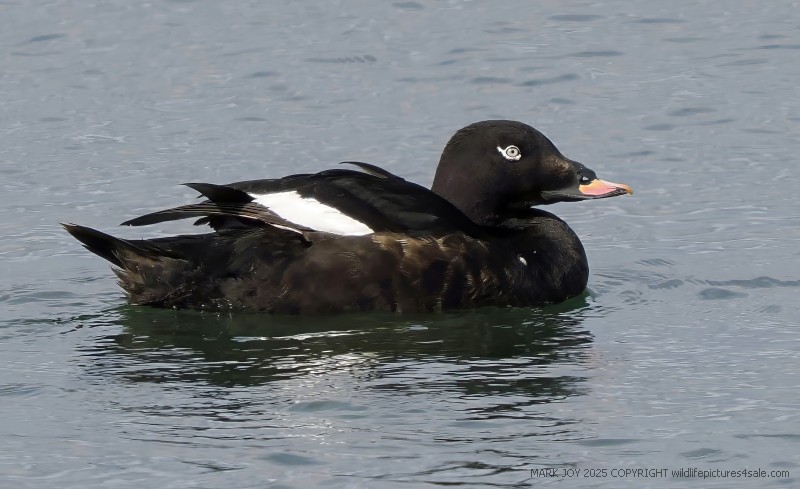
Having spent a week in Lincolnshire at Frampton Marsh RSPB until 29th, the Collared Pratincole decided it needed to investigate pastures new, and moved on. First stop was Cambridgeshire, where it made a very welcome appearance at Ouse Fen RSPB on 29th; and then it was on to Norfolk, dropping in to Cley NWT on 1st.
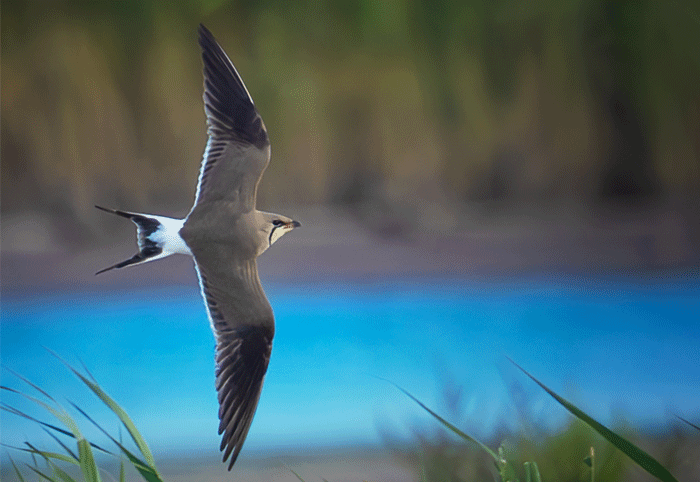
An adult Pacific Golden Plover was a dashing visitor to National Wetlands Centre WWT (Carmarthenshire) on 30th.
Ayrshire’s Western Sandpiper was still to be seen at Maidens on 27th-3rd.

A Pectoral Sandpiper turned up at Frampton Marsh RSPB (Lincolnshire) on 30th-3rd; while another was found in Devon on 2nd at Black Hole Marsh.
And finally the adult Lesser Yellowlegs was again seen at Pennington Marshes (Hampshire) on 2nd-3rd.
Galley Head’s (Co.Cork) excellent seawatch of 27th has already featured in this round up, and it kicks off the gulls this week too – nine Sabine’s Gull were seen from there that day. A further bird was seen in the Solent (Hampshire) near Black Jack Buoy on 29th.
The site-faithful adult Bonaparte’s Gull was back at Oare Marshes KWT (Kent) on 2nd-3rd.
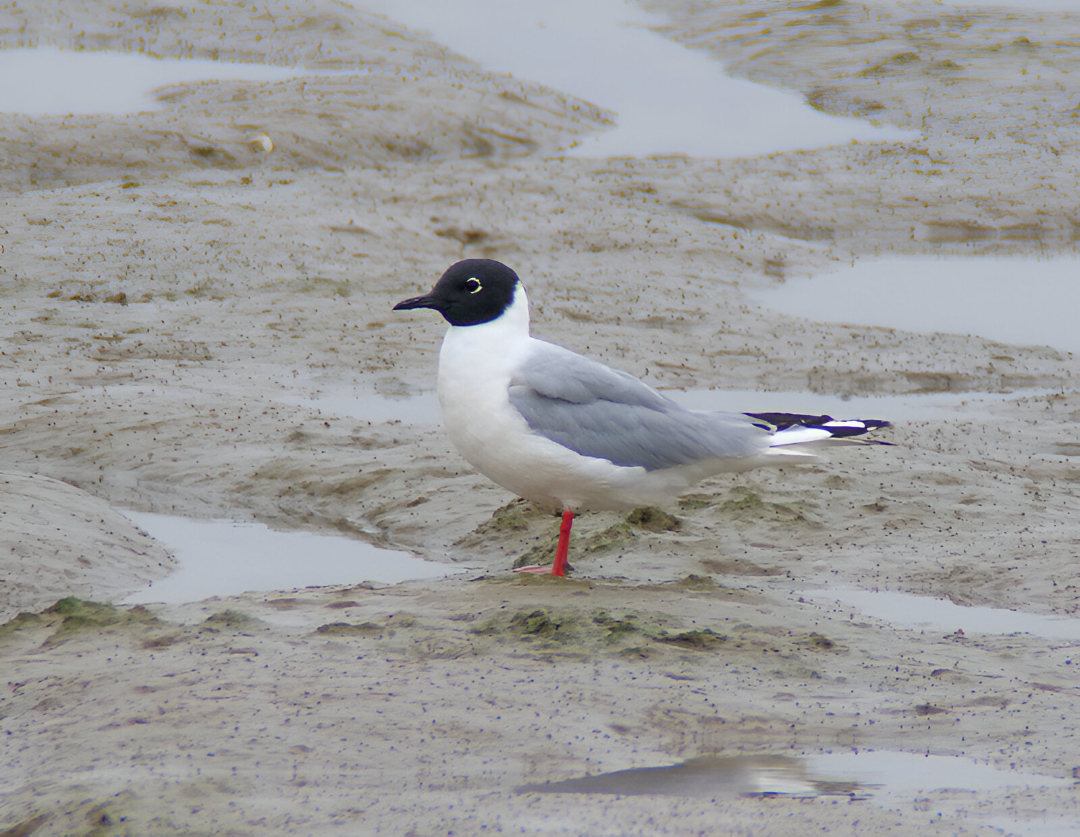
An adult Laughing Gull made a brief appearance over the gull colony on Calf of Man (Isle of Man) on 2nd before heading away north.
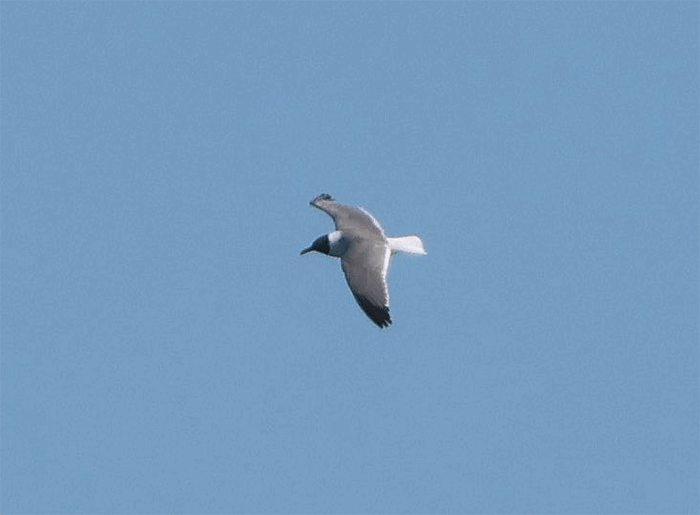
A fine adult Ring-billed Gull was present on Barra (Western Isles) on 23rd; and a first-summer on Benbecula (Western Isles) on 26th.
White-wingers picked up a bit on recent weeks, with half a dozen Glaucous Gull noted – on Unst (Shetland) on 27th; Benbecula (Western Isles) on 27th-28th; at Harper’s Island (Co.Cork) on 28th; on Orkney Mainland at Loch of Tankerness on 29th; at Girdle Ness (Aberdeenshire) again on 1st-3rd; and on the Lossie Estuary (Moray) on 2nd – and two Iceland Gull, one again at Girdle Ness on 1st-3rd, and the other at Dornoch (Highland & Caithness) also on 1st.
A Caspian Tern was seen in Kent on 1st at North Foreland and it, or another, at Oare Marshes KWT on 3rd.
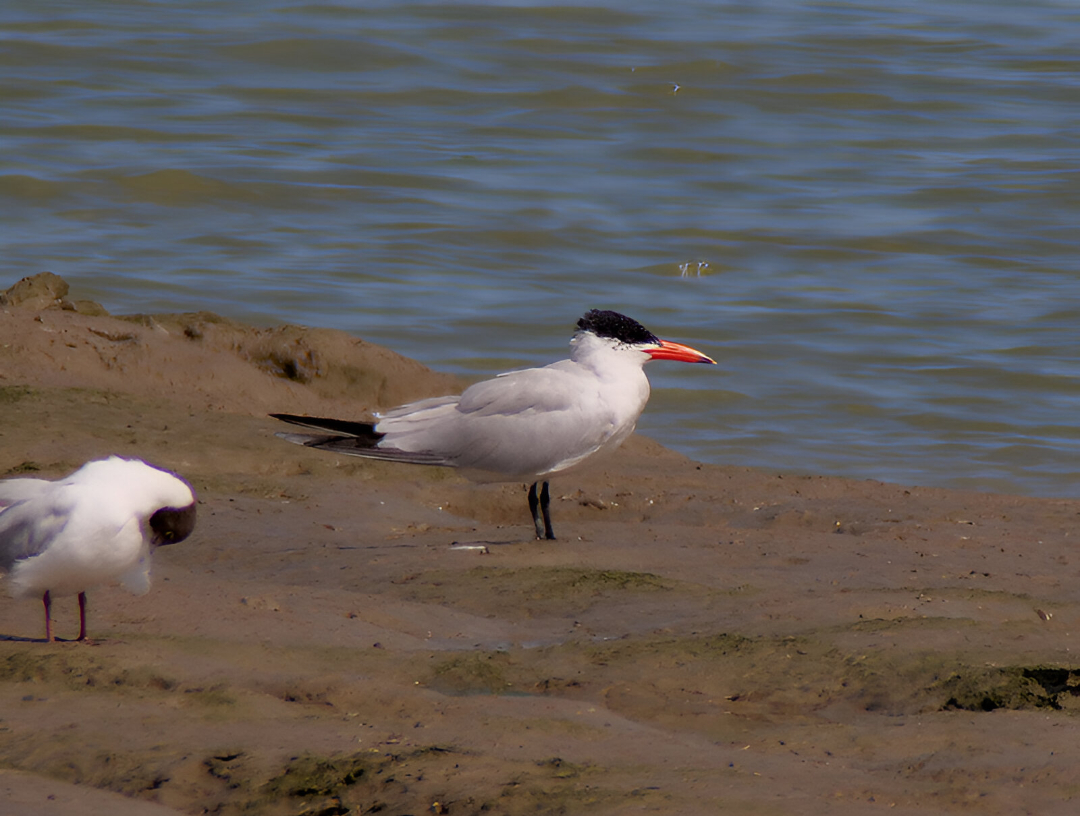
In Co.Dublin the adult male Least Tern was still near Portrane on 28th-29th.
Northumberland’s summering adult female surinamensis American Black Tern was logged at Long Nanny on 29th, and back again at Coquet Island RSPB on 1st and 3rd.
Harriers enlivened the week’s raptor reports, with a probable ringtail Pallid Harrier seen in Norfolk at Wymondham on 29th, and a first-summer female Montagu’s Harrier near Cheddington (Buckinghamshire / Hertfordshire) on 27th-2nd.
A Black Kite was seen at Benacre (Suffolk) on 27th; and another reported on 30th at Partridge Green (West Sussex).
A Montagu’s or Pallid Harrier was seen on 25th at Ivinghoe (Buckinghamshire); and a confirmed Montagu’s on 26th in Buckinghamshire around Cheddington.
Ah, there you are… Hoopoe, we missed you. Back in the dailies this week, a few were noted in recent days – one heard singing at Ouse Fen RSPB (Cambridgeshire) on 30th; one seen on 1st near Ufford (Suffolk); another reported on 1st at Thames Ditton (Surrey); and one in Cambridgeshire at Berry Fen on 3rd.
There were still some Bee-eater being seen and heard this past week – single birds in Lincolnshire on 28th at Gibraltar Point NNR and Chapel St Leonards; at Brightlingsea (Essex) on 29th; at Fairlight (East Sussex) on 30th; and at Dungeness (Kent) on 30th; and four at Pinchbeck (Lincolnshire) on 3rd.
A Red-backed Shrike was seen on Shetland’s Whalsay on 29th.
An unconfirmed report of a possible Iberian Chiffchaff in Bristol on 27th came to nothing more concrete.
A singing Blyth’s Reed Warbler at Upsettlington (Borders) on 27th-3rd was a great local find; while another was trapped and ringed at Gibraltar Point NNR (Lincolnshire) on 29th.

Great Reed Warbler remained at Hornsea Mere (East Yorkshire) on 27th-29th, and on Fair Isle (Shetland) on 27th-2nd.
Fair Isle also scored a Marsh Warbler on 29th; while on Mainland Shetland another was present in Lerwick on 27th-29th.
The Savi’s Warbler remained in song at Rimac (Lincolnshire) on 27th-30th.
An Icterine Warbler was present on Shetland Mainland on 27th-30th, in song down at Boddam.
Back on Fair Isle (Shetland), a male Eastern Subalpine Warbler was seen on 1st – was this the same individual as that last seen there on 22nd?
The singing male white-spotted Bluethroat remained in Gloucestershire at Slimbridge WWT on 27th-3rd.
Kent once again made the weekly running for Serin, with birds noted on 28th at Hope Point and Kingsdown; while another passed over Thursley Common (Surrey) on 29th.
Finally, the recent Ortolan Bunting in North Yorkshire remained in Wykeham Forest on 27th-29th.

It’s fair to say that Scandinavia as a whole was having quite a week last week…
Starting in Denmark, a Tibetan Sand Plover was seen at Sydmøllevej on 28th.
Sweden was busy, with the displaying Wilson’s Snipe still at Kallkallhult on 1st-2nd and Storsjö on 2nd, and a Dalmatian Pelican at Toharen on 30th, Sikvik on 1st, and Varvik on 3rd.
Norway, meanwhile, enjoyed a Great Black-headed Gull at Flatholmen on 29th.
Up on Iceland, an apparent pekinensis Beijing Swift was present at Grímsey on 20th-29th.
Down to Italy, the settled Pacific Swift remained in Cornaiano on 27th-2nd. Is this the still absent Shetland bird?
Onwards the year sails into July – will those be calm or turbulent waters for those of a rarity-hunting persuasion?
While it’s tempting to assume we’ve sailed into the becalmed, Sargasso Sea-like stage of the rare bird year, history tells us that ain’t necessarily so. The first week of July has boasted some outrageous quality over the years. Both of our Ascension Frigatebird, for starters, in Argyll & Bute on Tiree on 9th July 1953, and on Islay on 5th July 2013. An Amur Falcon in Cornwall on 6th-17th July 2017 in the Polgigga area. A Blue-cheeked Bee-eater at Cowden (East Yorkshire) on 8th-10th July 1989.
And a couple of sand plover too, in 2004 – a Greater Sand Plover at Snettisham (Norfolk) on 4th-5th; and a Siberian Sand Plover at Aberlady Bay (Lothian) on 8th-9th July. With half an eye to recent events in Scandinavia, dare we attempt to manifest a sand plover this coming week?
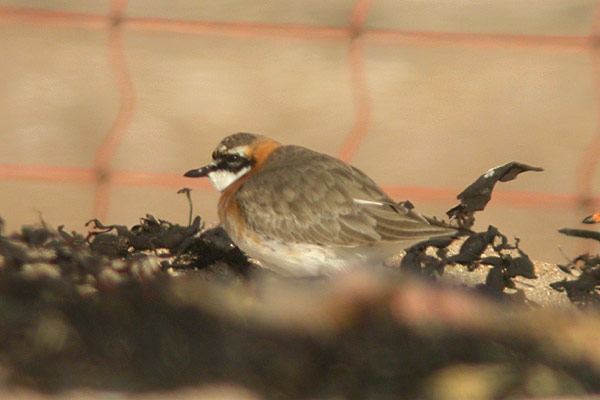
Jon Dunn
27 June 2025
Many thanks to all this week's contributors for your photos and videos
Share

















